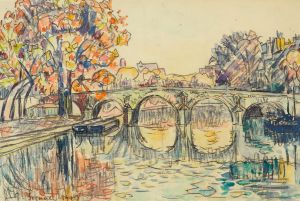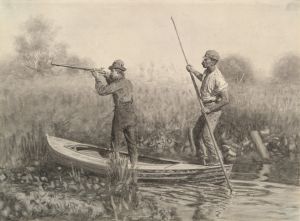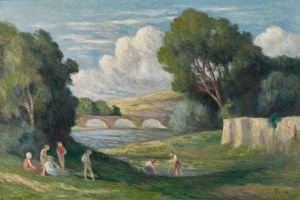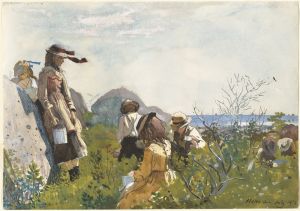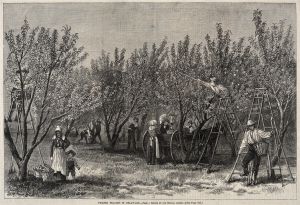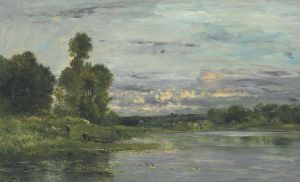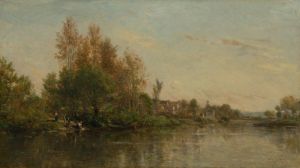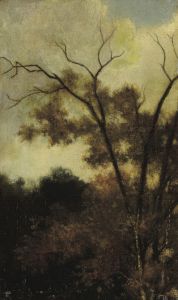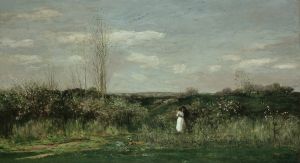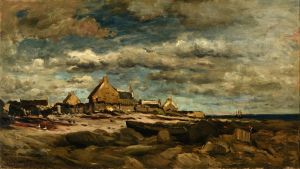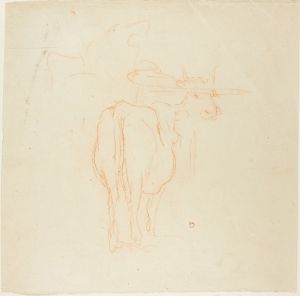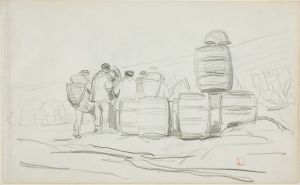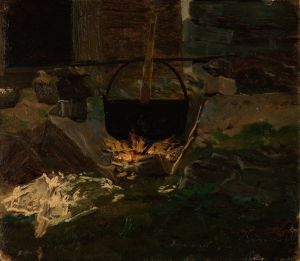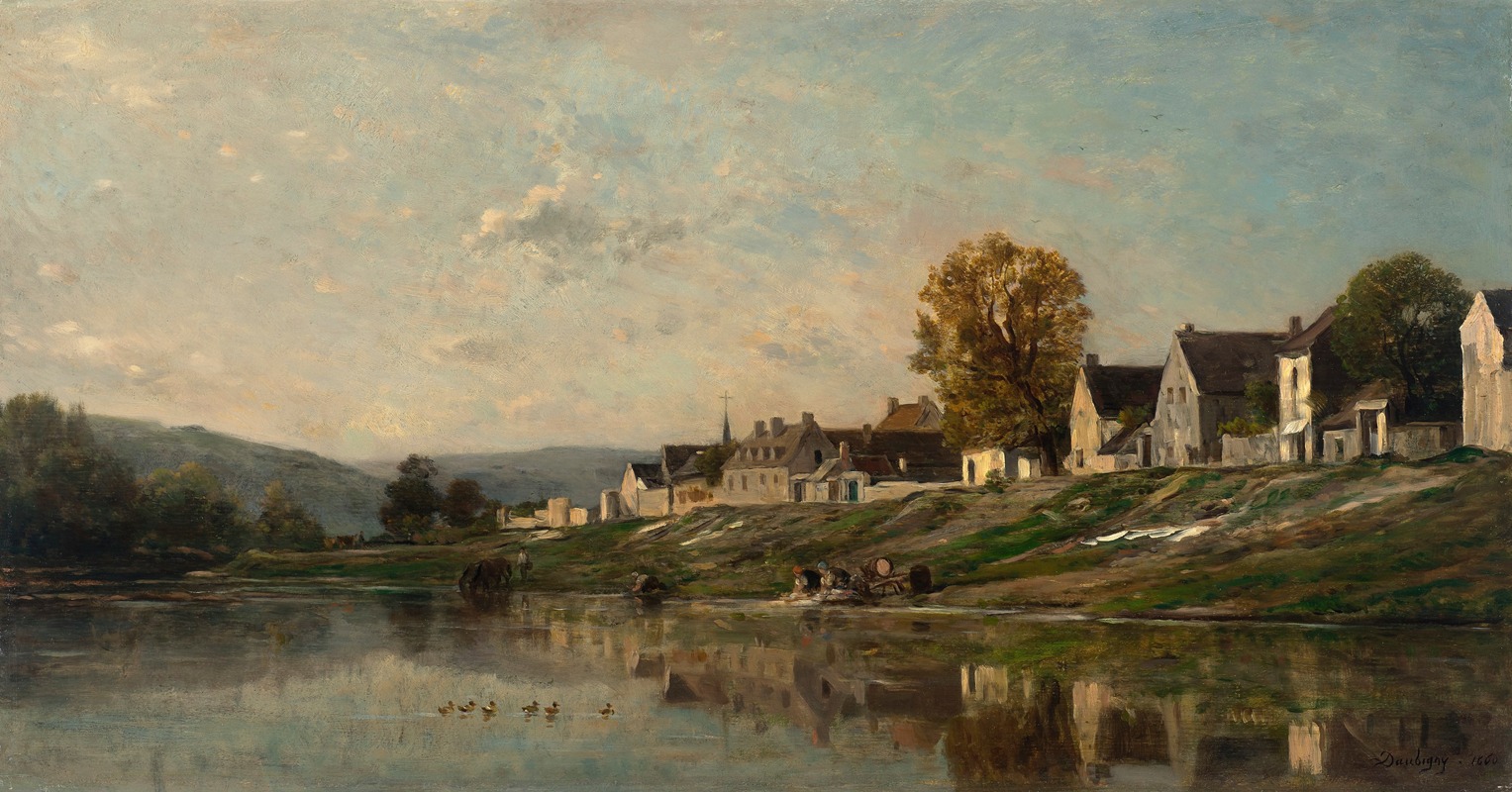
Les Laveuses au bord de la Seine à Bonnières
A hand-painted replica of Charles François Daubigny’s masterpiece Les Laveuses au bord de la Seine à Bonnières, meticulously crafted by professional artists to capture the true essence of the original. Each piece is created with museum-quality canvas and rare mineral pigments, carefully painted by experienced artists with delicate brushstrokes and rich, layered colors to perfectly recreate the texture of the original artwork. Unlike machine-printed reproductions, this hand-painted version brings the painting to life, infused with the artist’s emotions and skill in every stroke. Whether for personal collection or home decoration, it instantly elevates the artistic atmosphere of any space.
Charles François Daubigny was a prominent French landscape painter associated with the Barbizon School, a movement that emerged in the mid-19th century. This school was known for its naturalistic approach to painting, emphasizing the beauty of the French countryside. Daubigny, born in Paris in 1817, became one of the key figures in this movement, influencing later Impressionist artists with his innovative techniques and dedication to painting en plein air, or outdoors.
"Les Laveuses au bord de la Seine à Bonnières" (The Washerwomen on the Banks of the Seine at Bonnières) is one of Daubigny's notable works. This painting exemplifies his skill in capturing the serene and pastoral scenes of rural France. The artwork depicts a tranquil scene along the Seine River, where washerwomen are engaged in their daily chores. This subject matter reflects Daubigny's interest in everyday life and his ability to find beauty in ordinary activities.
Daubigny's technique in this painting is characterized by loose brushwork and a keen attention to the effects of light and atmosphere. These elements are hallmarks of his style and demonstrate his influence on the Impressionists, who would later expand on these ideas. The composition of "Les Laveuses au bord de la Seine à Bonnières" is carefully balanced, with the figures of the washerwomen integrated harmoniously into the landscape. The river, trees, and sky are rendered with a softness that conveys the peacefulness of the scene.
The setting of Bonnières-sur-Seine, a commune in the Île-de-France region, provided Daubigny with ample inspiration. The Seine River, a recurring subject in his work, offered a dynamic backdrop for exploring the interplay of light and water. This particular location allowed Daubigny to experiment with reflections and the changing moods of the river, which he captured with great sensitivity.
Daubigny's work was well-received during his lifetime, and he exhibited regularly at the Paris Salon. His paintings were appreciated for their freshness and vitality, qualities that set them apart from the more formal and academic styles prevalent at the time. "Les Laveuses au bord de la Seine à Bonnières" is a testament to his ability to convey the essence of the French landscape with authenticity and emotion.
In addition to his contributions to landscape painting, Daubigny was also a pioneer in the use of a studio boat, which he called "Le Botin." This floating studio allowed him to travel along the rivers of France, painting directly from nature and capturing scenes that were otherwise inaccessible. This innovative approach further cemented his reputation as a forward-thinking artist who was committed to capturing the natural world in all its diversity.
Daubigny's influence extended beyond his own work, as he played a mentoring role to younger artists, including Camille Pissarro and Claude Monet. His encouragement and support helped pave the way for the Impressionist movement, which would revolutionize the art world in the latter part of the 19th century.
"Les Laveuses au bord de la Seine à Bonnières" remains an important example of Daubigny's legacy, showcasing his mastery of landscape painting and his ability to evoke the quiet beauty of rural life. Through his work, Daubigny not only captured the essence of the French countryside but also laid the groundwork for future generations of artists to explore new ways of seeing and representing the world around them.





